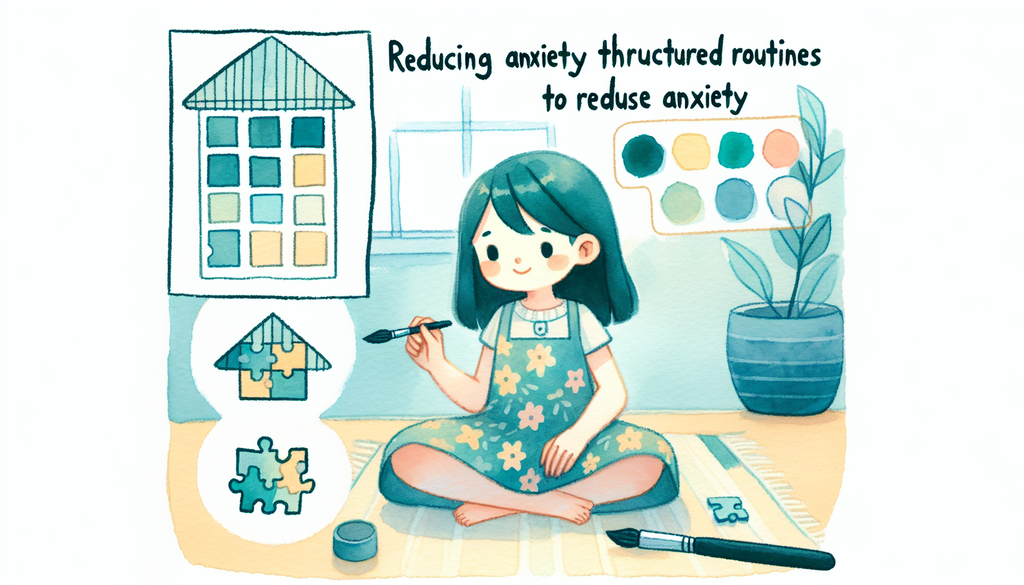Reducing Anxiety Through Structured Routines for ASD Children

Understanding the world can often be a complex challenge for children with Autism Spectrum Disorder (ASD). Any element of unpredictability or disorganization can trigger anxiety and adversely affect their cognitive and emotional development. One significant way to alleviate this stress is by creating structured routines—providing a predictable, orderly environment which can be a cornerstone in establishing security, peace, and learning for children with ASD. In this post, we will delve into the importance of structured routines and provide actionable tips for parents and caregivers.
Why are Structured Routines Important?
Children with ASD often find it hard to cope with unexpected situations or transition between activities. This unpredictability can ignite their anxiety levels and even lead to meltdowns. Routines can significantly reduce these uncertain scenarios by providing a consistent and predictable structure to their day. A well-planned routine can:
- Alleviate anxiety by setting clear expectations.
- Build confidence as the child successfully performs tasks within the routine.
- Enhance learning and the development of skills, as repetition reinforces learning.
- Provide a comforting and secure environment.
- Foster independence as the child learns to perform tasks without constant prompts.
For a more comprehensive understanding of how anxiety can affect children with ASD, read our post Addressing Overexcitabilities in Gifted Children.
Tips for Implementing Structured Routines
While the benefits of setting routines are apparent, the question arises—how can we effectively establish these routines? Here are some actionable tips:
Start small
Avoid creating a complex schedule right at the outset. Begin with setting a routine for a particular part of the day, such as bedtime. Once the child has adjusted to this, you can gradually add other routines. Remember, the aim is to reduce anxiety, not increase it.
Involve Your Child
Involve your child in the process of establishing routines. For example, giving them a choice between brushing teeth before or after a bath can have a profound impact on their willingness to comply. This involvement also fosters a sense of control and autonomy which is crucial for self-confidence and independence. To learn more about promoting autonomy, read our article Unleashing Potential: Enabling Autonomy in Gifted Children.
Use Visual Schedules
Kids with ASD are often visual learners. Use pictures, charts, or apps to create a visual representation of the routine. This can make it easier for them to understand and follow the routine. Here’s a helpful guide on Digital Literacy for the 21st Century Learner.
Be Consistent
Consistency is key in reinforcing routines. Try to keep the routine the same every day. If you must deviate from the routine, inform your child in advance and explain the reason for the change.
Reinforce Positive Behavior
Appreciating the efforts made by your child can reinforce their adherence to routines. Positive reinforcement strategies can be effective in promoting desired behavior. Learn more in our post - Promoting Positive Behavior: Reinforcement Strategies that Work.
Wrapping Up
Structured routines can be a pillar of strength for children with ASD, offering them a sense of security, predictability, and control. Gradual implementation, patience, and positive reinforcement are critical in making these routines effective and beneficial. For more insights on personalized learning strategies for children with special needs, feel free to peruse our other articles.